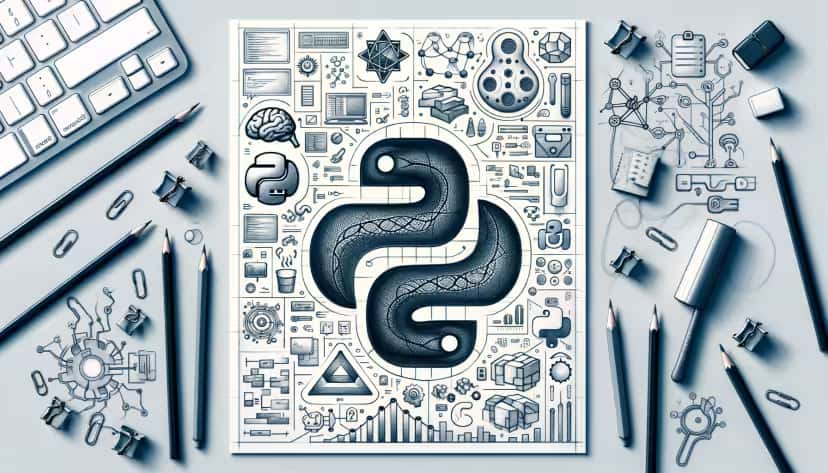- Use a consistent code style: It’s important to follow a consistent code style to make it easy for others (and future you) to read and understand your code. There are several style guides available for Python, such as PEP 8 and Google’s Python Style Guide.
- Use version control: Always use version control (e.g. Git) to keep track of changes to your code and to easily collaborate with others.
- Use virtual environments: Virtual environments allow you to manage dependencies and avoid conflicts with other projects. Virtualenv and conda are popular choices.
- Use Jupyter Notebook: Jupyter Notebook is a powerful tool that allows you to easily write, test, and debug your code. It is especially useful for data exploration, visualization and for sharing your work with others.
- Use an appropriate libraries: Python has many powerful libraries for machine learning, such as scikit-learn, TensorFlow, and PyTorch. Choose the library that is most appropriate for your project and make sure you are familiar with its API.
- Use data visualization to explore the data: Data visualization is an essential part of the machine learning process. You can use libraries like Matplotlib, Seaborn and Plotly to create meaningful visualizations and understand the data.
- Use data pre-processing techniques: Data pre-processing techniques like normalization, standardization, and imputation are important to ensure that your data is in a format that is suitable for machine learning.
- Divide your data into train, validation and test set: It is important to divide the data into 3 set: train set, validation set and test set. Train set is used to train the model, validation set is used for model selection and tuning and test set is used for the final evaluation.
- Use model evaluation metrics: Use appropriate evaluation metrics for your problem to evaluate the performance of your model. For example, for classification problems you can use metrics like accuracy, precision, recall, f1-score, etc. and for regression problem use metrics like mean square error, mean absolute error etc.
- Monitor the training and tune your model: During the training, monitor the performance of your model, use techniques like early stopping or saving the best models, and tune the parameters of your model using techniques like grid search or random search to improve performance.
Here is an example code in Python that demonstrates a simple machine learning pipeline using the scikit-learn library:
# Import necessary libraries
from sklearn import datasets
from sklearn.model_selection import train_test_split
from sklearn.linear_model import LogisticRegression
from sklearn.metrics import accuracy_score
# Load the iris dataset
iris = datasets.load_iris()
X = iris.data
y = iris.target
# Split the data into training and test sets
X_train, X_test, y_train, y_test = train_test_split(X, y, test_size=0.2, random_state=42)
# Train a logistic regression model
clf = LogisticRegression()
clf.fit(X_train, y_train)
# Make predictions on the test set
y_pred = clf.predict(X_test)
# Evaluate the model using accuracy
acc = accuracy_score(y_test, y_pred)
print("Accuracy: {:.2f}%".format(acc * 100))
In this example, we start by importing the necessary libraries from scikit-learn. Then we load the iris dataset using the datasets module and split the data into training and test sets using the train_test_split function. We then train a logistic regression model using the LogisticRegression class and the training data. After training the model, we use it to make predictions on the test set, and evaluate the performance of the model by comparing the predicted labels (y_pred) to the true labels (y_test) using the accuracy score. The final step is to print the accuracy of the model.
This example demonstrates a simple machine learning pipeline using scikit-learn, that is a popular library for machine learning in Python. It shows the basic steps involved in building a machine learning model, including loading the data, splitting it into training and test sets, training a model, making predictions, and evaluating the performance of the model.
